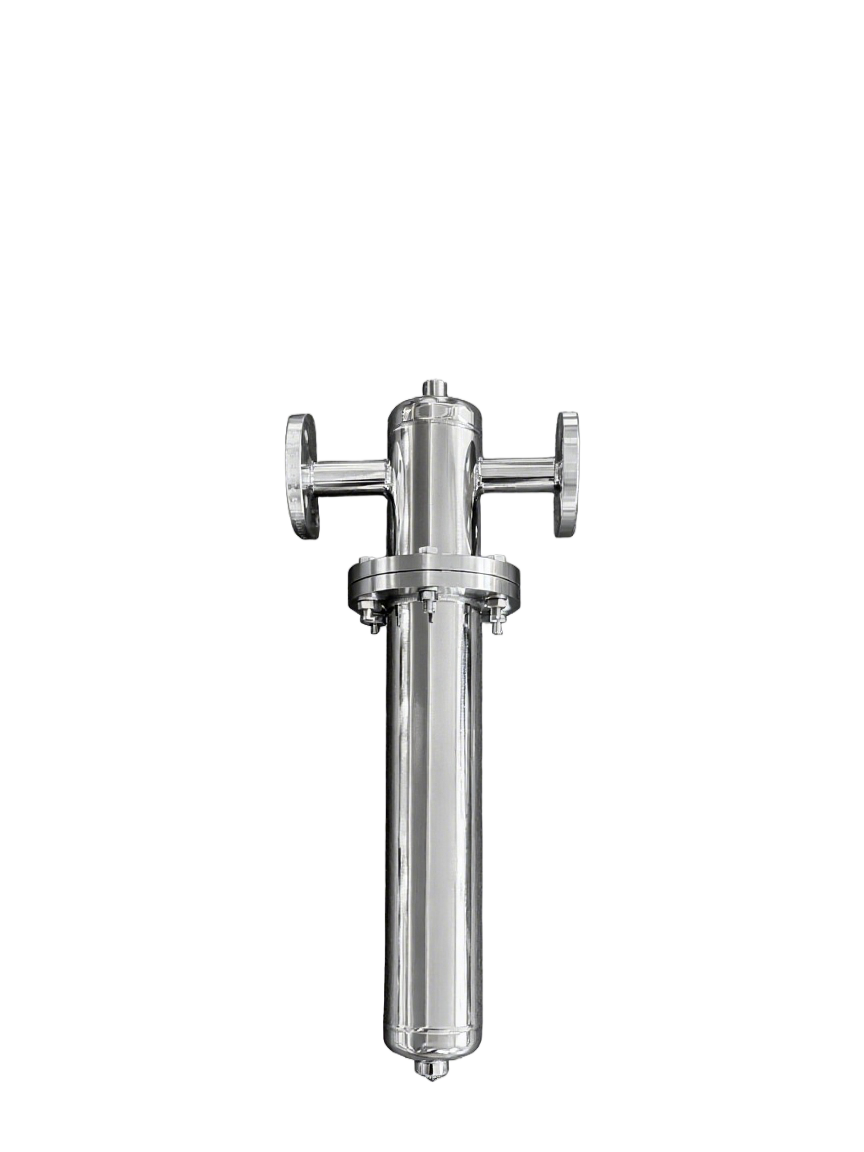Unveiling the Enigmatic Placement of the Oil Temperature Sensor in an Engine Lubrication System
The oil temperature sensor plays a crucial role in monitoring the engine's lubrication system, ensuring optimal performance and longevity. However, its placement within the engine is often shrouded in mystery. In this comprehensive blog post, we will delve into the depths of engine design and explore the various locations where the oil temperature sensor can be found. By understanding its placement, we can appreciate its significance and make informed decisions regarding engine maintenance and performance optimization.
- The Cylinder Head:
One common placement for the oil temperature sensor is within the cylinder head. This location offers several advantages, including proximity to the oil galleries and the ability to measure the temperature of the oil as it enters the engine's vital components. Placing the sensor in the cylinder head ensures accurate readings and allows for quick response to temperature fluctuations. - The Oil Filter Housing:
Another frequently chosen location for the oil temperature sensor is the oil filter housing. This placement allows for convenient access to the oil flow, as the sensor can monitor the temperature of the oil after it has passed through the filter. By measuring the temperature at this point, potential issues such as clogged filters or inadequate cooling can be detected promptly. - The Oil Pan:
In some engine designs, the oil temperature sensor is positioned within the oil pan. This placement offers a unique perspective, as it allows for monitoring the temperature of the oil at its lowest point in the system. By measuring the temperature in the oil pan, engine designers can ensure that the oil remains within the desired temperature range, preventing overheating or excessive cooling. - The Oil Cooler:
For engines equipped with an oil cooler, the oil temperature sensor may be strategically placed within the cooler itself. This location enables precise monitoring of the oil temperature as it passes through the cooling system. By ensuring optimal cooling efficiency, the sensor helps maintain the engine's temperature within the desired range, enhancing overall performance and longevity.
Conclusion:
The placement of the oil temperature sensor within an engine's lubrication system is a critical decision that engine designers make to ensure accurate monitoring and optimal performance. Whether located in the cylinder head, oil filter housing, oil pan, or oil cooler, each placement offers unique advantages and insights into the engine's operating conditions. By understanding the significance of these placements, engine enthusiasts and professionals can make informed decisions regarding maintenance, performance optimization, and troubleshooting.



